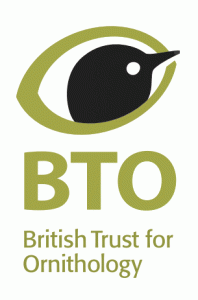Our Bullfinch bird guide will teach you how to spot these charming birds! If you catch sight of a strikingly beautiful pink-breasted bird with a black cap and tail, you've spotted a male bullfinch. However, females have a slightly different appearance, with their pale pinkish-orange breast distinguishing them. Their diet is primarily based on seeds, fruits, and shoots, while providing their offspring with insects.
Male bullfinches are easily recognizable by their vibrant pink breasts and grey backs, while females can be identified by their paler pinkish-orange breasts. Bullfinch populations can be found thriving in various locations across the UK, including woodlands, farmlands, and gardens, although they tend to conceal themselves.

Location and habitat
Populations of Bullfinches can be found in most areas across the UK thriving in both rural and urban landscapes but are often seen in woodlands, hedgerows, parks and gardens however they do tend to hide. Sometimes during the colder seasons they can venture into more sheltered areas in search for food.
Diet
Bullfinches have a diverse diet primarily consisting of seeds, buds and berries. These charming birds enjoy buds from fruit trees such as apple, cherry, and plum, which they consume during the spring and summer months. In addition to buds, bullfinches also feed on a variety of seeds, including those from plants such as thistles, dandelions, and sunflowers. During the autumn and winter, when natural food sources become scarce, bullfinches readily turn to garden bird feeders offering sunflower hearts, black oil sunflower seeds, and other seed mixes. Their adaptable diet ensures their survival throughout the year, making them a delightful and welcome sight in British gardens.
Food we recommend
Breeding
During the breeding season, which spans from April to September, bullfinches construct nests using twigs and rootlets, typically positioning them securely beneath thick cover. Remarkably, these birds can produce up to three broods per season, each containing 4-5 eggs characterized by their blue coloration adorned with darker blotches. The incubation period lasts approximately 14-16 days.

BTO Facts
According to Garden BirdWatch data, which has been collected since 1995, Bullfinches are most frequently seen in gardens during June, in around 14% of gardens. They have increased in gardens since Garden BirdWatch began. As their population in the wider countryside is unfortunately declining, it seems that this species benefits from supplementary food in gardens has benefited this species.




